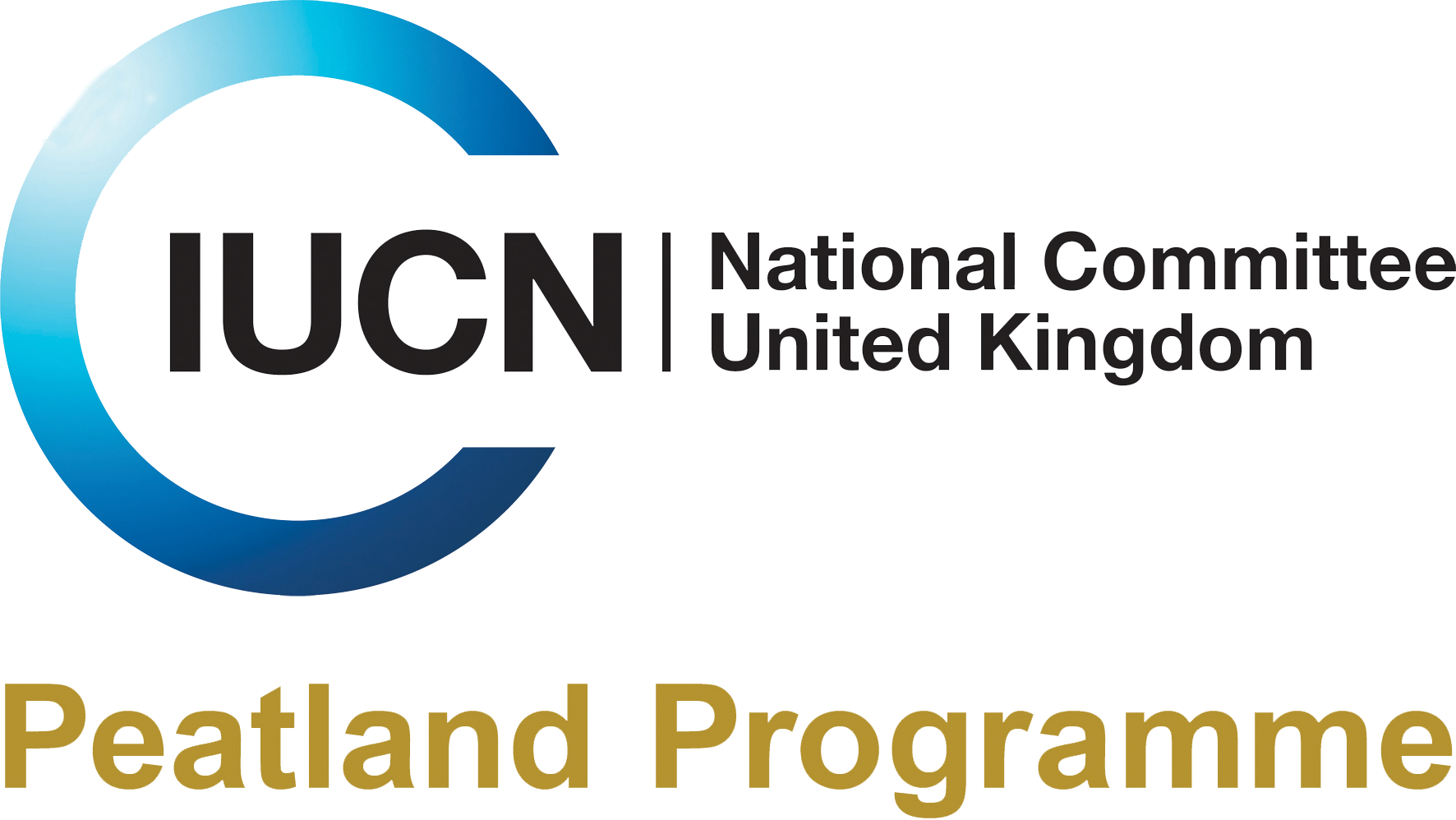Peatlands are among England’s most valuable historic landscapes, preserving unique archaeological and palaeoecological records formed over thousands of years. As restoration efforts accelerate to meet climate resilience and biodiversity goals, this guidance ensures that the cultural and historic significance of these landscapes, and the archaeological sites they contain, is properly understood.
Titled Peatlands and the Historic Environment: Guidance for Carrying out Peat Restoration, the guidance outlines:
- How to identify and assess historic environment features in peatlands
- Techniques for investigating and recording archaeological and palaeoenvironmental evidence
- Best practice for conserving and where appropriate recording heritage during restoration works
- The importance of early engagement and continuous engagement between natural and historic environment specialists
“This guidance is a vital tool for anyone involved in peatland restoration,” said Zoe Hazell, Senior Palaeoecologist at Historic England and co-author of the publication. “It helps ensure that restoration projects not only deliver environmental benefits but also protect and celebrate the rich heritage embedded in these landscapes.”
This new guidance provides recommendations and advice relevant to future peatland restoration schemes, such as those funded through the Local Nature and Landscape Recovery schemes. Further information about peatland heritage can be found in Historic England’s Peatlands and the Historic Environment: Introduction to the cultural and heritage value of peatlands. This document and the guidance are available from Historic England’s Protecting Peat Bogs and Peatlands page.
